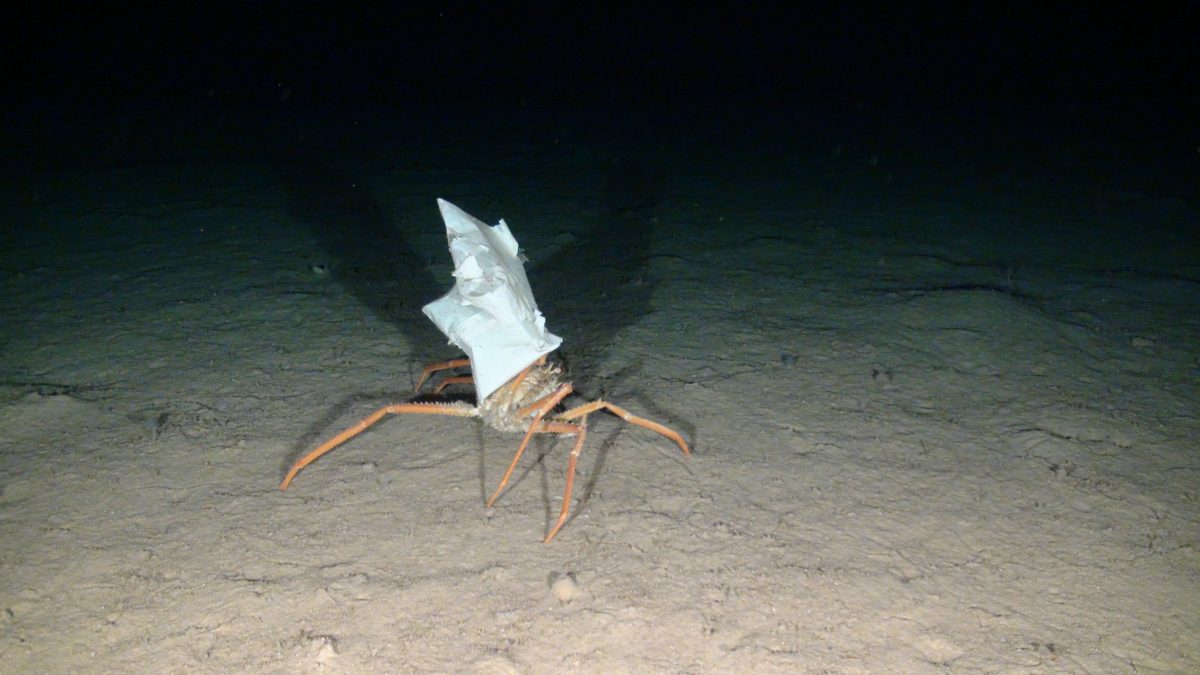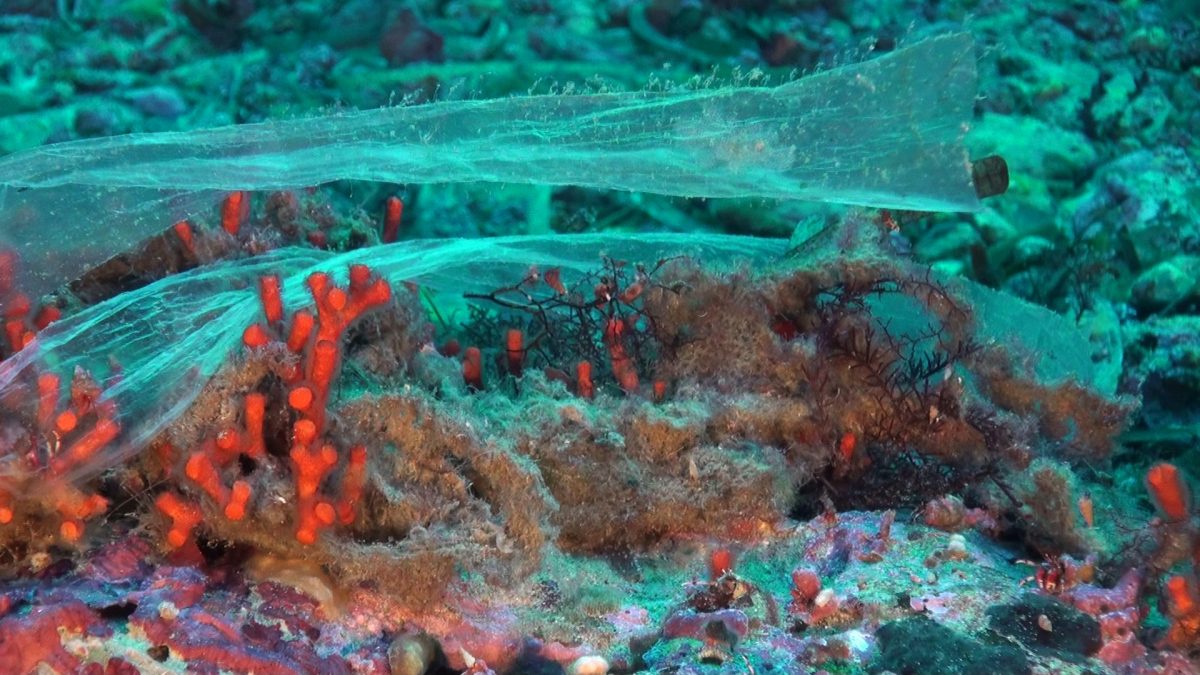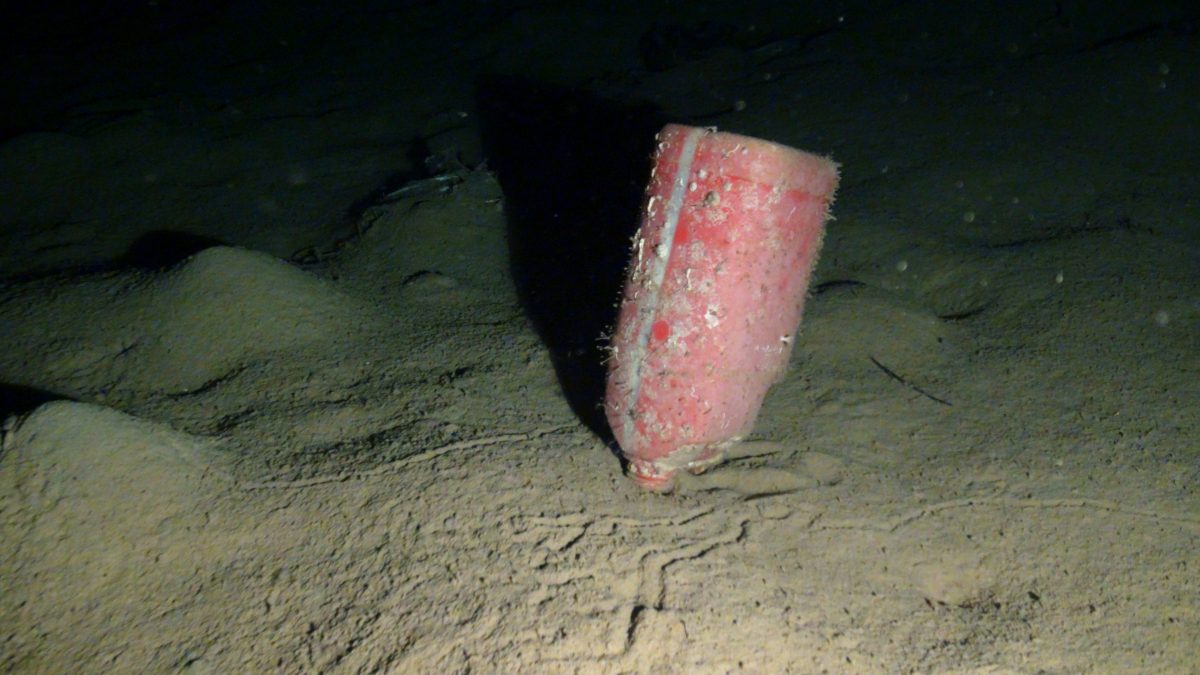Oceana expeditions unveil widespread plastic pollution in Europe’s deep-sea areas
Urgent call to curb plastic production and effective recycling schemes be put in place to preserve ocean biodiversity
Press Release Date: June 8, 2018
Location: Madrid
Contact:
Marta Madina | email: mmadina@oceana.org | tel.: Marta Madina
On World Oceans Day, Oceana wants to draw attention to the increasing amount of plastic litter suffocating both threatened and vulnerable deep-sea species. For each piece of plastic visible on the surface, there are dozens of pieces hidden in the seabed. Oceana has documented multiple cases during its latest expeditions around Europe, thereby unveiling the magnitude of a problem that often goes unnoticed due to the technological difficulties of reaching such areas. The deep-sea is home to pristine marine habitats, and plastics are now putting this great biodiversity at risk.
“The largest impact of marine litter we don’t even see – microplastics and pollution in deep-sea areas. People often ask what they can do to preserve oceans and the truth is, that we all have a role to play; governments need to reduce plastic production and ordinary citizens need to make an effort to recycle and reuse plastics so they don’t reach our beaches and eventually the stomach of fish or fragile deep-sea habitats,” said Lasse Gustavsson, executive director of Oceana in Europe. “Deep-sea areas are vital reservoirs of biodiversity and for the sake of future generations, we simply cannot afford to destroy them,” Gustavsson added.
Plastic waste causes critical harm to marine wildlife and ocean ecosystems. And, since plastic doesn’t simply biodegrade but continuously breaks down into smaller and smaller pieces, tiny plastic “microparticles” are entering our food chain, but the impacts and consequences of plastic pollution are currently not well understood. A normal plastic bottle for example takes about 450 years to break down completely and a million plastic bottles are bought around the world every minute.
During research dives with an underwater robot – a remotely operated vehicle (ROV) – Oceana has discovered plastic litter in some of the deepest parts of the sea, from the Baltic to the Atlantic as well as the Mediterranean, recorded at 1,000 meters depth, the maximum depth reached by the ROV. Other scientific research across the globe has shown plastic in previously unexplored and remote areas, at depths of several thousand meters.
The deep-sea hosts some of the most vulnerable species and habitats, as these creatures usually grow slowly (i.e. corals) and have few offspring (i.e. deep-sea sharks).
Oceana applauded the EU’s recent proposal to ban certain single-use plastic products in a bid to reduce mounting ocean litter. At present, an estimated 300 million tonnes of plastic litters the oceans, with more than 5 trillion plastic pieces – weighing more than 250,000 tonnes – currently floating on the surface. Around 8 million tonnes of plastic enters our oceans every single year.
Photo gallery here of plastic in the deep-sea areas and beaches
DropBox folder with videos and images of plastic pollution




